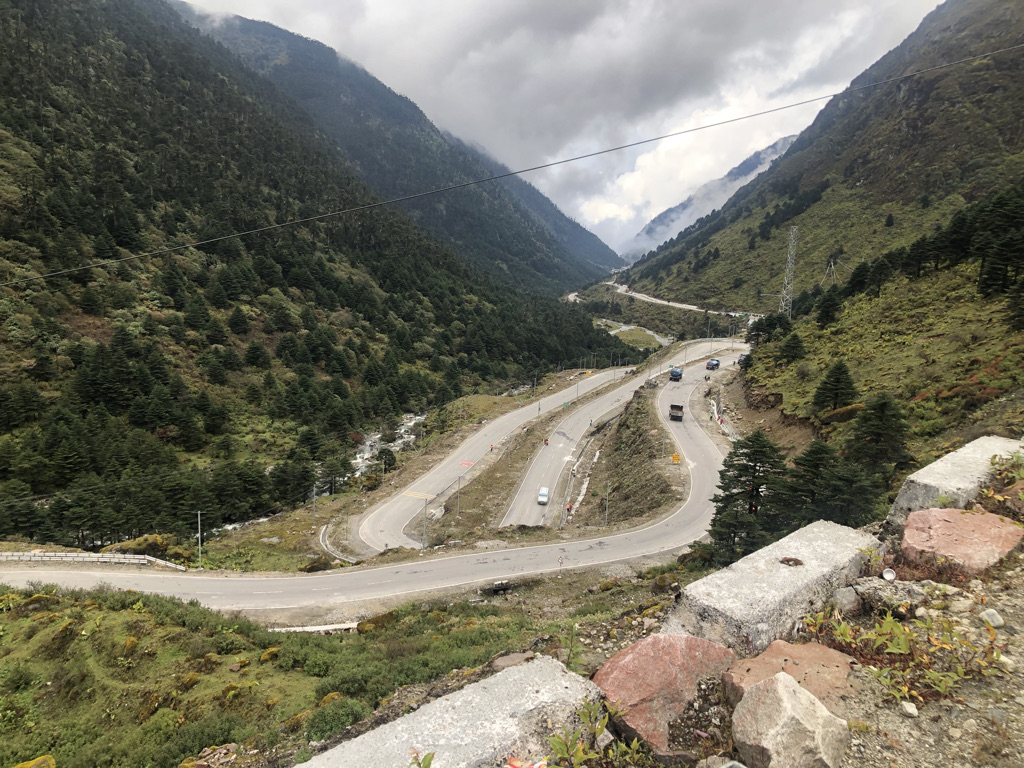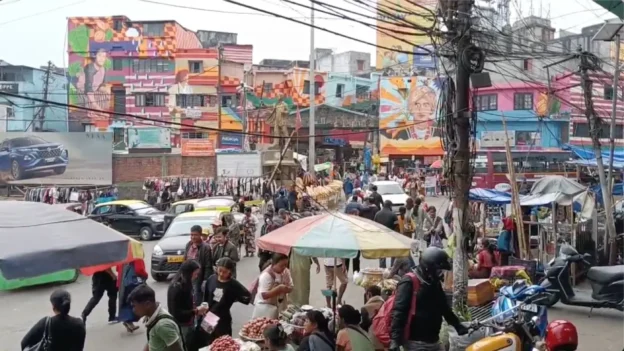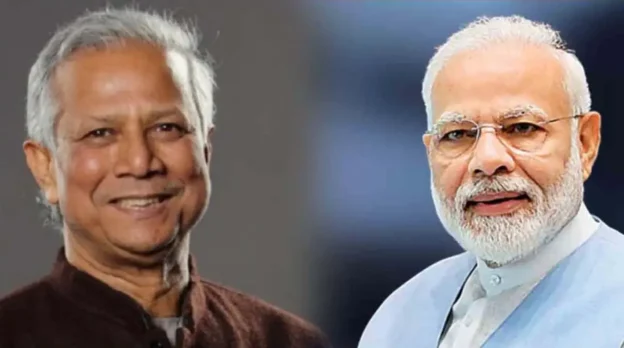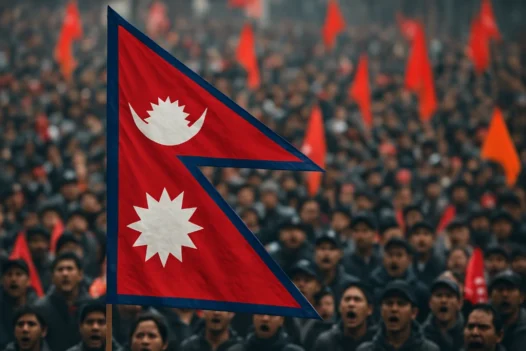In the rugged terrain of Arunachal Pradesh, where India meets its eastern neighbours, the construction of border roads assumes paramount strategic importance. This region, nestled in the eastern Himalayas, not only presents formidable geographical challenges but also holds immense geopolitical significance. The development of robust infrastructure, particularly border roads, is not merely a matter of connectivity but a strategic imperative that shapes national security, economic progress, and regional stability.
As of recent reports, the Border Roads Organisation (BRO) has constructed over 8,000 kilometers of roads across various border regions, including Arunachal Pradesh. These roads range from strategic highways to smaller feeder roads connecting remote villages. At its core, Arunachal Pradesh shares borders with China to the north and east, and Bhutan and Myanmar to the southwest. The Line of Actual Control (LAC) with China, particularly in this region, has been a contentious area prone to occasional tensions and disputes.
The strategic importance of these roads focuses on enhancing connectivity to remote border areas. This includes the construction of roads along the LAC with China, where connectivity is crucial for military mobility and logistical support. These roads enable rapid troop deployment, reinforcement, and logistical supply, thereby bolstering India’s defensive posture and deterrence capability. The construction of border roads serves as a tangible assertion of sovereignty and territorial integrity. By enhancing accessibility and presence along its borders, India reaffirms its administrative control over these strategic areas. This presence not only deters external threats but also strengthens governance and facilitates effective border management. In this context, border roads not only connect but also consolidate India’s territorial claims and administrative control, reinforcing its strategic narrative in international forums.
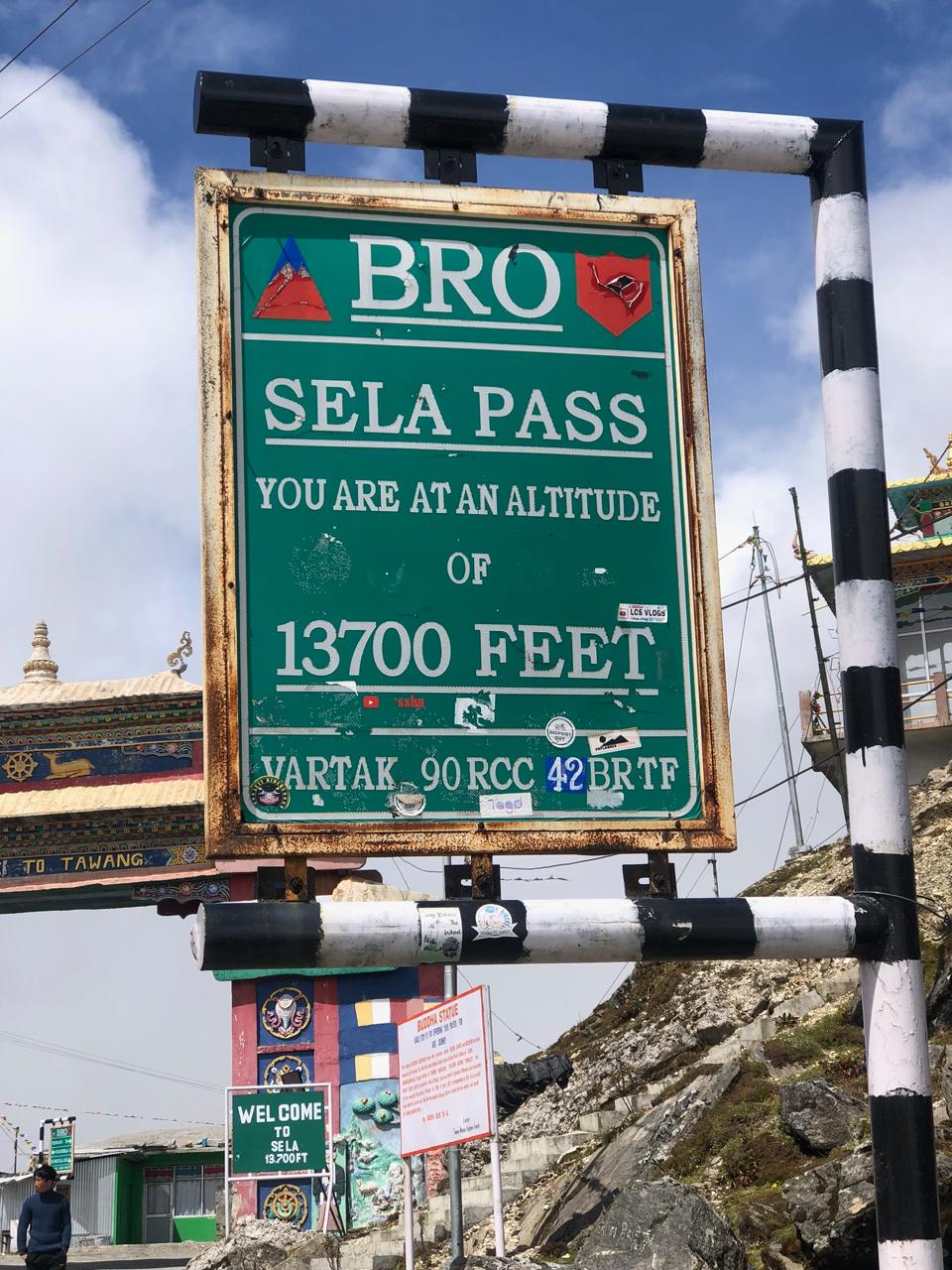
Critically, the strategic significance of border road construction in Arunachal Pradesh underscores India’s broader geopolitical strategy. As regional dynamics evolve and competition for influence intensifies, robust infrastructure becomes a tool for both defense and diplomacy. By investing in infrastructure development in border regions, India demonstrates its commitment to securing its borders, supporting its allies, and asserting itself as a responsible regional power.
Clearly from a geopolitical and security standpoint, the construction of border roads in Arunachal Pradesh transcends mere infrastructure development. “It is a strategic imperative that intertwines military preparedness, economic progress, territorial integrity, and geopolitical assertion,” opined a senior military personnel who served Arunachal Pradesh.
As India navigates complex regional dynamics and strives for comprehensive development, the strategic significance of these roads cannot be overstated. Security experts believe that “they are not just paths on a map but symbols of resilience, progress, and strategic foresight in safeguarding national interests in a volatile and competitive world.”
Strategic experts connect the building of roads to “socio-economic impacts,” as they believe that improved road infrastructure facilitates such scope. Indeed, in Arunachal Pradesh, road infrastructure has connected isolated communities to markets, healthcare facilities, and educational institutions, thereby improving living standards and promoting local economies.
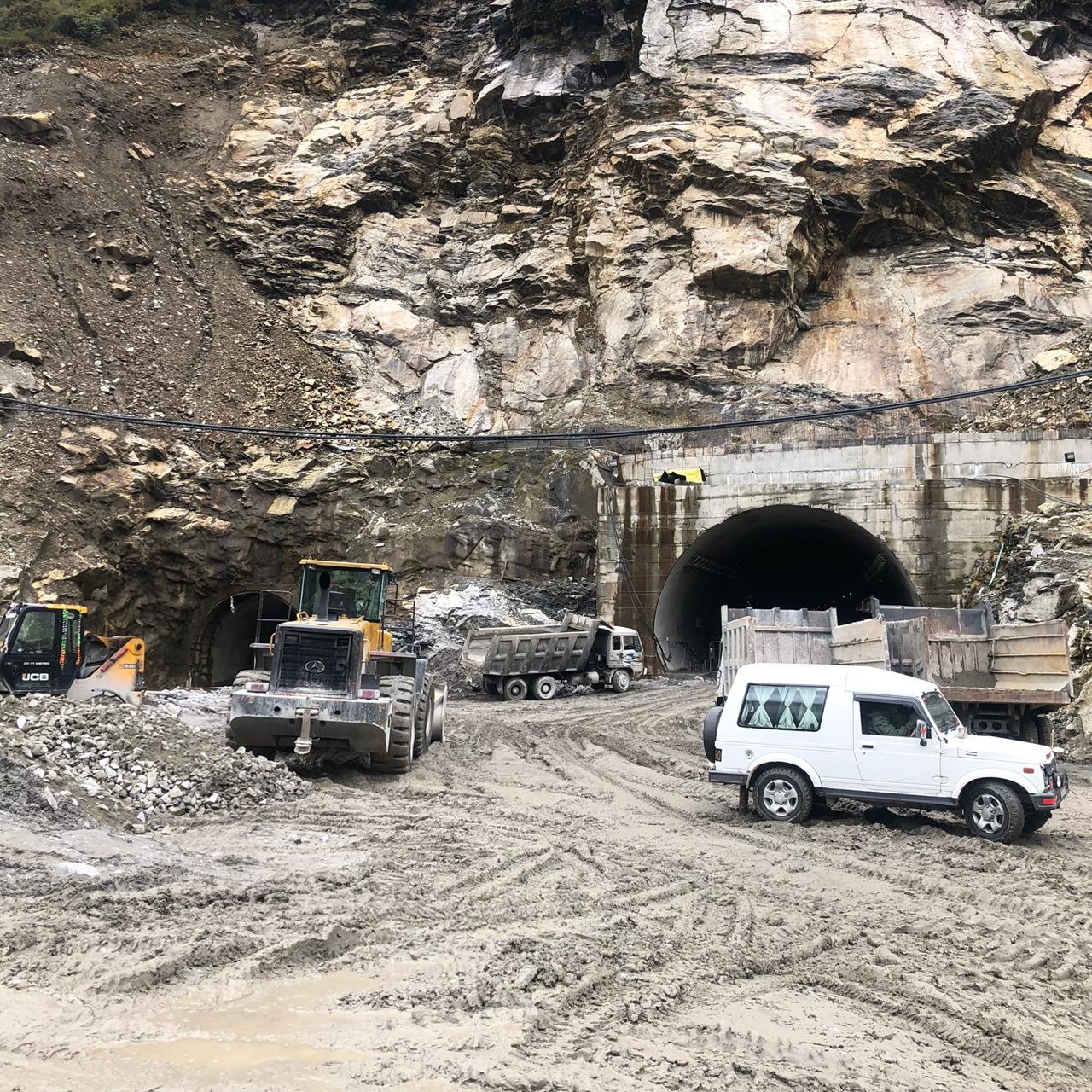
There has been no let-up in building infrastructure in the eastern sector, with the Sela Pass tunnel in Arunachal Pradesh being a classic example of efforts toward prioritizing national security. India has surely learned its lessons from the 1962 war and the recent skirmishes with China in Galwan, and its aggressive posturing is only emboldening New Delhi’s determination to not leave anything to chance.
Undoubtedly, the strategic significance extends beyond military considerations. Improved road infrastructure facilitates economic development by connecting remote communities to mainstream markets and services. In a region as diverse and challenging as Arunachal Pradesh, where many villages remain isolated due to rugged terrain and lack of connectivity, border roads act as lifelines for socio-economic upliftment. They open avenues for trade, tourism, and development initiatives, thereby integrating these areas more closely with the national economy.
Locals of West Kameng are extremely happy with these developments, particularly the construction of the Sela Pass tunnel. This 1.9 kilometers long tunnel, located in Tawang district at an altitude of approximately 13,700 feet (4,170 meters), connects Tezpur in Assam to Tawang. Built at a total cost of Rs 825 crore, the tunnel provides all-weather connectivity to Tawang across Sela Pass on the Balipara – Chariduar – Tawang Road, boosting the preparedness of the Armed Forces and augmenting the socio-economic development of the border region.
Pema Dorjee a local trader says it has become easier for people an saves time to move Tawang and other parts of West Kameng districts an even Assam to do business, especially after the construction of the Sela Pass tunnel.
The project to construct the tunnel began as part of efforts to improve connectivity to Tawang, especially during the winter months when the Sela Pass is often snowbound, making surface travel difficult and hazardous. It has been designed to accommodate two lanes of traffic. It aims to provide a safer and more reliable route between Tawang and other parts of Arunachal Pradesh throughout the year, reducing travel time and enhancing accessibility. From a strategic perspective, the tunnel enhances India’s logistical capabilities along the border with China. It reduces dependency on the Sela Pass road, which was prone to disruptions due to heavy snowfall during winters, thereby strengthening India’s defense infrastructure in the region.
Prime Minister Narendra Modi virtually dedicated to the nation the Sela Tunnel project during the Viksit Bharat Viksit North East programme in Itanagar, Arunachal Pradesh on March 09, 2024.
The current administration has prioritized the development of border villages as a strategic initiative. China has been actively constructing and expanding numerous “xiaokang” villages along its contentious border with India. These villages, frequently coupled with military and dual-use infrastructure, serve as “important ‘gray zone’ tool”, enabling China to assert and defend its territorial claims in disputed areas.
Satellite imagery reveals that China is making swift and significant advancements on these border settlements despite the challenging environmental conditions. In response, India is developing its own infrastructure in these border regions. Military officials recognize that these border villages are strategically vital and integral to enhancing defense infrastructure. The development of roads and other infrastructures has ensured year-round accessibility, particularly during harsh winters when many areas are typically isolated due to heavy snowfall.
India, in response, is building its own infrastructure. Military officials agree that these border villages are strategically important and integral to developing the defense infrastructure. The roads and the overall infrastructure have ensured year-round accessibility, especially during harsh winters when many areas are cut off due to snowfall.

